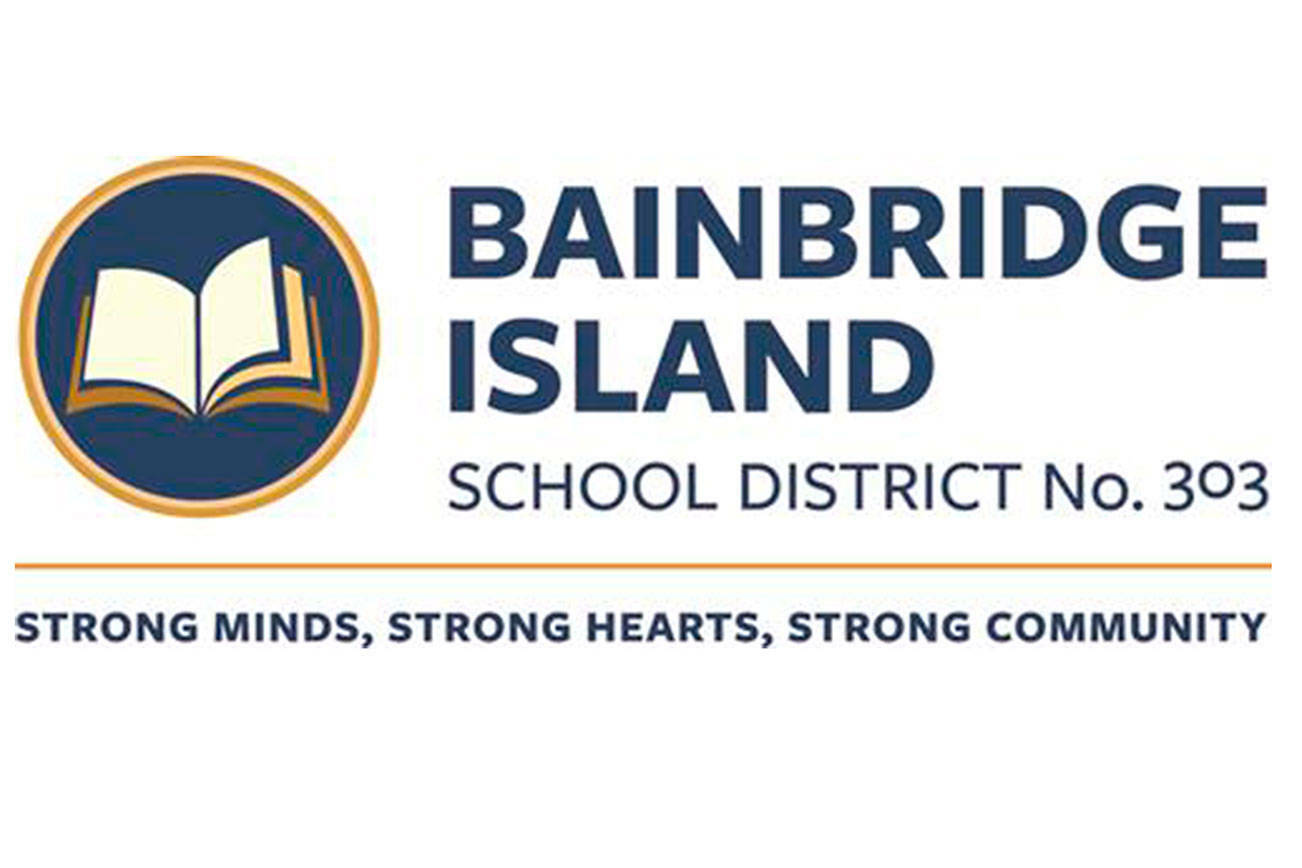After a few weeks of calm post-election, the March 28 school board meeting returned to the Bainbridge Island School District’s rocky financial standing.
A presentation by superintendent Amii Thompson on behalf of the District Budget Advisory Committee, a group of community stakeholders designated to advise district leadership about finances, explained that while some gains were made by lawmakers in Olympia, the district may still have to tighten its belt.
It still needs to cut costs to avoid staffing reductions in the 2024-25 school year.
“If avoiding school closure generated a lot of buzz, the DBAC community meeting is a buzzkill. It reminds us that we have a lot of work to do,” boardmember Sanjay Pal said. “Superintendent Thompson helped us avoid the iceberg, but there’s a lot of icebergs out there, and they’re coming in the next couple years. Something’s gotta change […] People need to be aware of this at the state level.”
The main stone in the district’s shoe right now is the significant gap between funding provided by the state and the number of staff employed by the district.
BISD will end the fiscal year with an 8% funding balance in August, Thompson said, but it will still be spending at a deficit in ‘24-’25.
The state allocates funding to each school district based on enrollment, but the state also uses a formula to estimate the number of teachers required to fund a hypothetical “prototypical school.” That’s the enrollment of the school and planned enrollment at the school the following year. A small portion of funding is set aside for physical education, art and music instruction.
That can create some sticky numbers when it comes to staffing: for a kindergarten class of 25, for example, the state calculates that it is required to fund 1.7 teachers.
On the other hand, apportionment for positions like school nurses, librarians and guidance counselors is all over the place. A prototypical elementary school with 400 students only generates 0.076 of a school nurse. Educators whose role is primarily learning support are not considered for state funding.
As a result, BISD has 240 certificated employees, but only receives state funding for 190. “Of those that are funded, there is a pay gap in what the state gives us, compared to what we pay staff,” Thompson said.
The budget committee found an $18,000 disparity in the available state funds and the actual salary each BISD teacher receives, or $342,000 annually. BISD spends $3.4 million to make up the difference in full-time salaries and $5.9 million out of pocket to employees that the state does not recognize. All told, the district must find $9.3 million from other sources annually.
The district had looked at closing and/or consolidating some schools, but found out it didn’t have to due to some financial miscalculations. But Thompson introduced a district-wide plan to reduce spending by cutting staff overtime and materials costs. However, that plan has not proved as fruitful as initially hoped. Contractual obligations, including work and materials agreed to at the start of the school year, have proved to be an obstacle to saving money.
“We are looking closely at staffing needs, and we are hoping to lean on attrition to limit the number of true reductions that need to happen,” Thompson said.



